Health Consciousness
The rising health consciousness among consumers appears to be a significant driver for the Reusable Plastic Water Bottles Market. As individuals become more aware of the importance of hydration and the health risks associated with single-use plastics, the demand for reusable options is likely to increase. Studies indicate that staying hydrated can improve overall health, leading consumers to invest in quality water bottles that promote regular water intake. Furthermore, the perception that reusable bottles are safer and more hygienic than their disposable counterparts enhances their appeal. In 2025, the market is projected to see a notable increase in sales, driven by this health-focused trend. Brands that emphasize the health benefits of their products may find themselves at a competitive advantage in this evolving landscape.
Outdoor and Fitness Trends
The growing popularity of outdoor activities and fitness trends is likely to bolster the Reusable Plastic Water Bottles Market. As more individuals engage in sports, hiking, and other outdoor pursuits, the need for convenient and durable hydration solutions becomes apparent. Reusable plastic water bottles are increasingly favored for their lightweight and portable nature, making them ideal for active lifestyles. Market data suggests that the fitness segment is expanding, with a significant portion of consumers seeking products that cater to their active routines. In 2025, the market is expected to benefit from this trend, as brands introduce specialized designs tailored for athletes and outdoor enthusiasts. This alignment with lifestyle choices may further drive the adoption of reusable bottles, contributing to sustained market growth.
Sustainability Initiatives
The increasing emphasis on sustainability initiatives appears to drive the Reusable Plastic Water Bottles Market. Consumers are becoming more environmentally conscious, leading to a shift away from single-use plastics. This trend is reflected in various policies and regulations aimed at reducing plastic waste. For instance, many regions have implemented bans on single-use plastic bottles, thereby encouraging the adoption of reusable alternatives. The market for reusable plastic water bottles is projected to grow as consumers seek eco-friendly options that align with their values. In 2025, the market is expected to witness a compound annual growth rate of approximately 5.5%, indicating a robust demand for sustainable products. This shift not only benefits the environment but also positions brands that prioritize sustainability favorably in the eyes of consumers.
Technological Advancements
Technological advancements in manufacturing processes and materials are likely to enhance the Reusable Plastic Water Bottles Market. Innovations such as the development of BPA-free plastics and advanced insulation technologies contribute to the appeal of reusable bottles. These advancements not only improve the safety and durability of the products but also expand their functionality. For example, some bottles now feature built-in filtration systems, making them more attractive to health-conscious consumers. The integration of smart technology, such as hydration tracking, is also emerging, appealing to tech-savvy individuals. As these technologies evolve, they may significantly influence consumer preferences, leading to increased sales in the reusable plastic water bottle segment. The market is expected to adapt to these innovations, potentially increasing its share in the overall beverage container market.
Consumer Awareness Campaigns
Consumer awareness campaigns regarding the environmental impact of plastic waste are likely to influence the Reusable Plastic Water Bottles Market positively. Educational initiatives aimed at informing the public about the benefits of using reusable products are becoming more prevalent. These campaigns often highlight the detrimental effects of single-use plastics on ecosystems and encourage individuals to make more sustainable choices. As awareness grows, consumers may increasingly opt for reusable plastic water bottles as a practical solution to reduce their environmental footprint. The market is expected to respond favorably to these campaigns, with an anticipated increase in demand for eco-friendly products. In 2025, brands that actively participate in or support such initiatives may enhance their reputation and attract a more environmentally conscious consumer base.



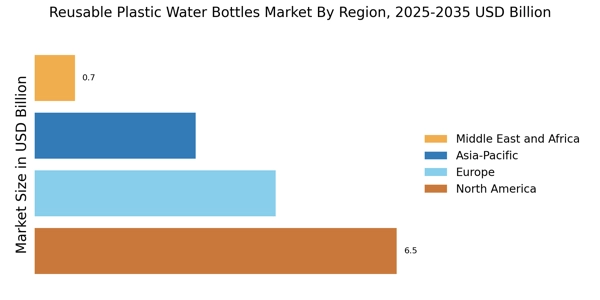
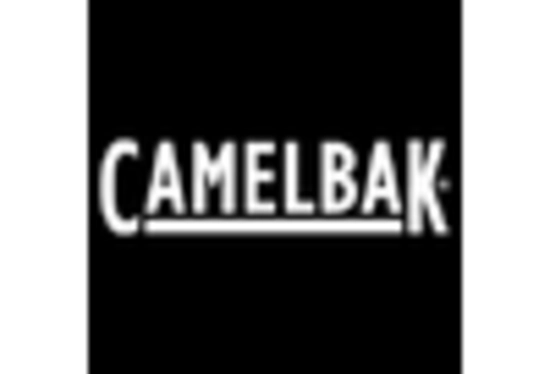


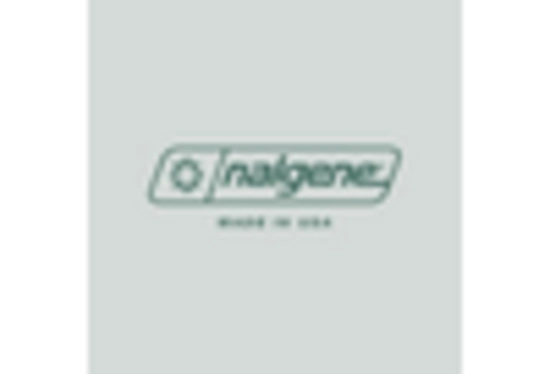
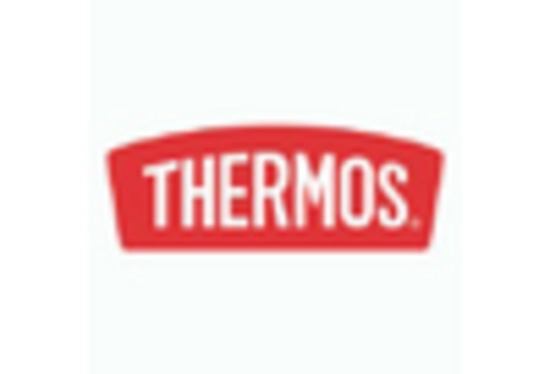
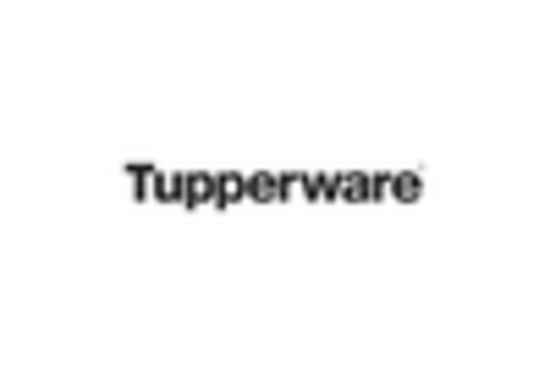








Leave a Comment